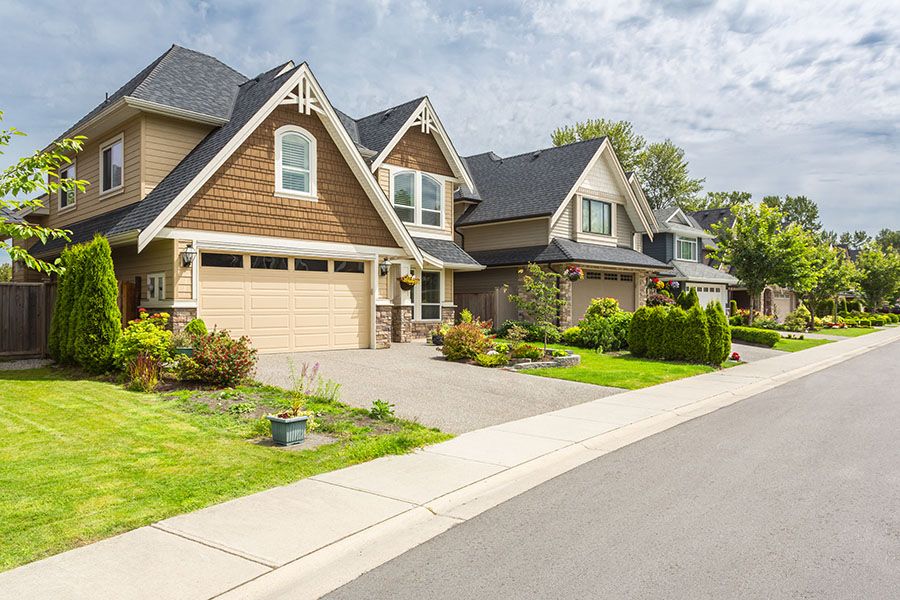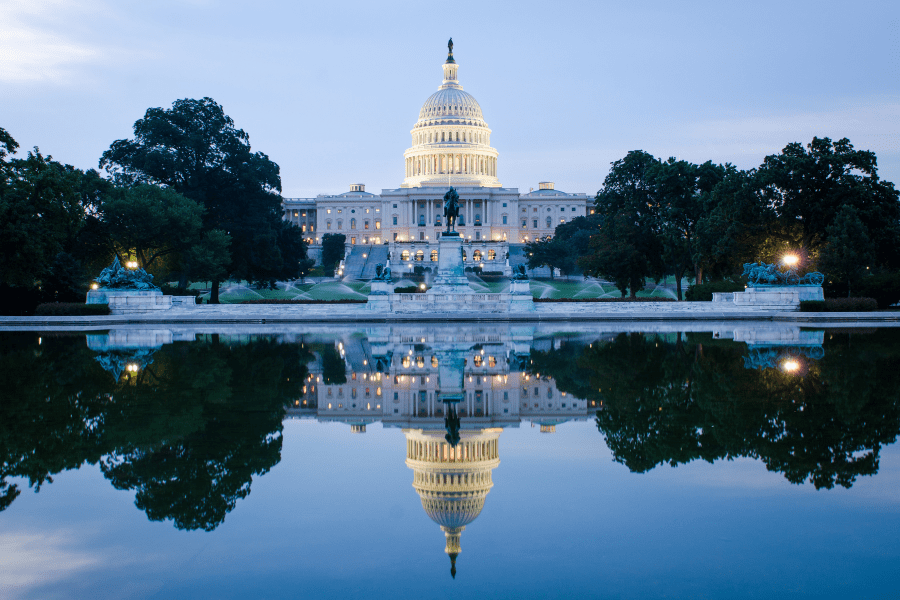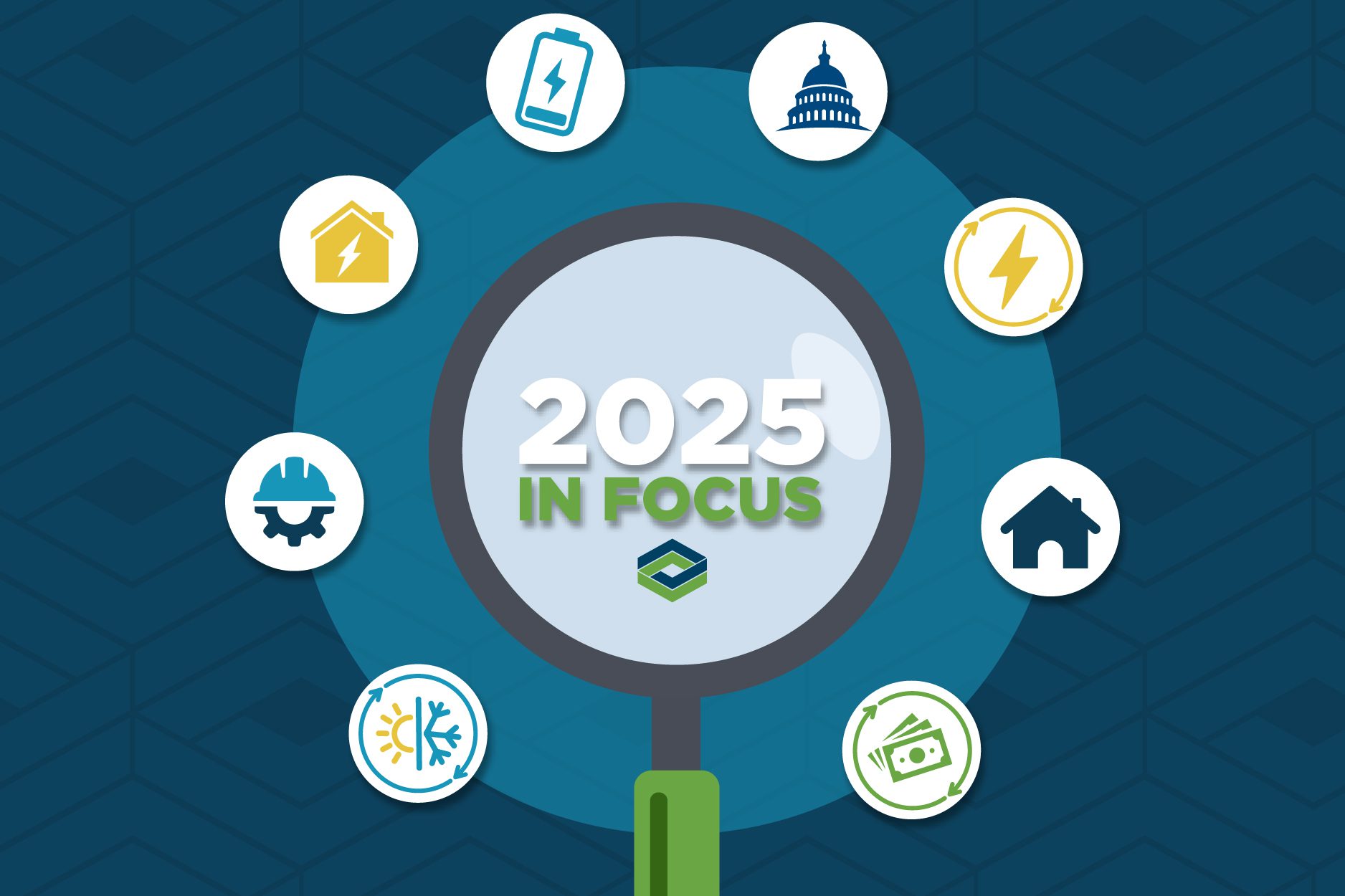May 25, 2021
Is Cost the Barrier to Passive House Performance?
A new North American Passive House Network report by Bronwyn Barry looks at cost assumptions, barriers, and the reality of cost in achieving Passive House buildings.
By: Michaela Manfull

A new North American Passive House Network (NAPHN) report by Bronwyn Barry, NAPHN Board Chair, looks at cost assumptions, barriers, and the reality of cost in achieving Passive House buildings.
The report begins: Most non-profit developers we work with are all passionately seeking ways to build better for less. In our advocacy work at NAPHN, we’ve found that these developers are most concerned with two things: cost to build and operating costs for their occupants.
Of these two, the first cost – or construction cost – usually presents the biggest barrier. When we broach the topic of implementing Passive House, they typically have one of three reactions:
- “Well we can’t do that because it’s too hard and not cost-effective.” (This is the default response.)
- “Oh, that sounds interesting – tell me more.” (Second most common response.)
- “We’ve just tried that and it’s working fantastically.”
The report is the story of a cohort of developers who fall into the third category, looking specifically at the costs they’ve incurred and sharing their experiences on how to build to Passive House standards.
The report continues: “Our goal is to help remove perceived barriers and enable others to overcome their fear of first costs, in order for everyone to access the benefits of implementing this high-performance, high-quality, high-comfort approach to building design. Let’s start by digging into the data from a collection shared by Steven Winter Associates, documenting the percentage increase to the builders’ typical baseline costs required to reach Passive House performance.”
The report aims to answer its title question: Is cost the barrier to Passive House performance? Conclusions are drawn from data taken from 16 multifamily buildings, The projects are all mixed-use multifamily buildings, with the exception of two university dormitory buildings. Costs include hard and soft costs, contingencies, permitting, and insurance, but not land costs.
There are several findings in the report. Most notably:
- First, or upfront, costs for Passive House projects are 1 to 8% higher than baseline, but they align well with other green building certification programs like LEED.
- The most obvious determinant of increased cost appears to be the experience of the project design team, and not the size of the building.
- Passive House projects don’t seem to be more expensive to build than conventional buildings.





